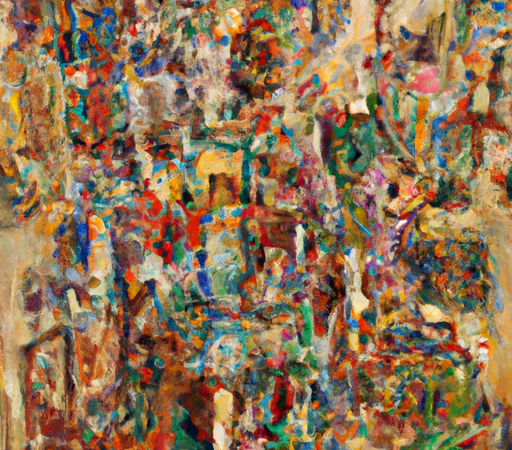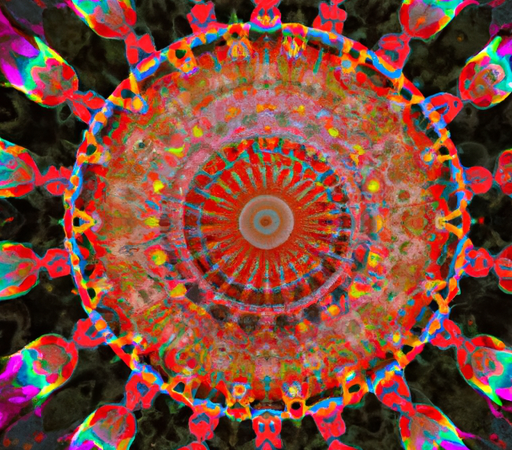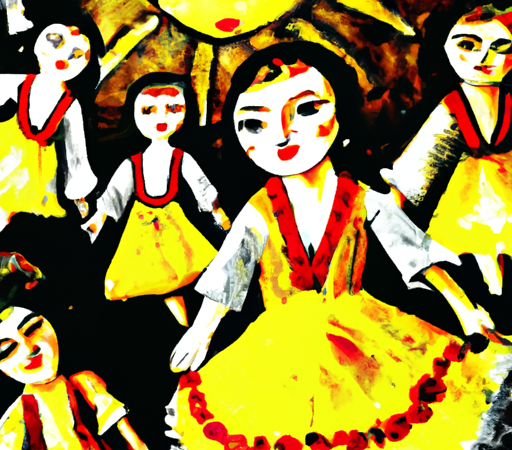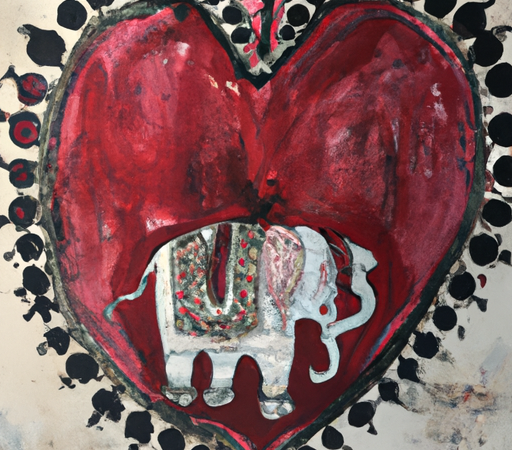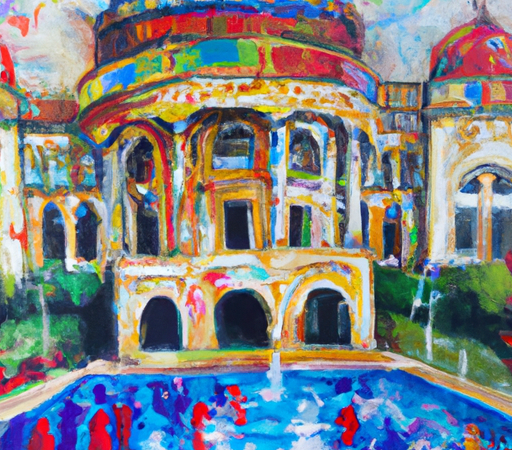Art Unearthed: Tracing the Origins and Evolution of Famous Masterpieces in Culture
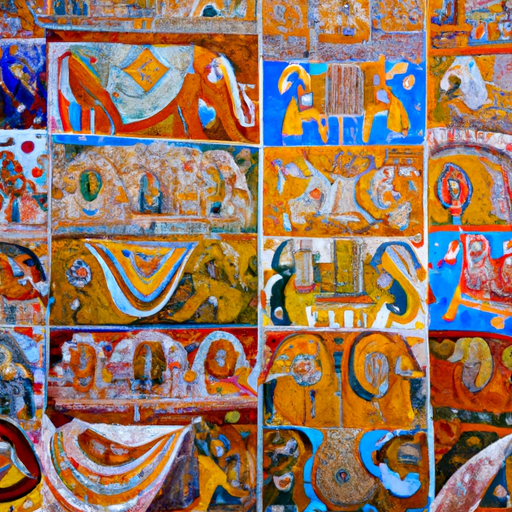
Art Unearthed: Tracing the Origins and Evolution of Famous Masterpieces in Culture
Art has always been an integral part of human expression, encapsulating the deepest emotions, ideas, and experiences of civilizations throughout history. From the enchanting cave paintings of Lascaux to the magnificent sculptures of ancient Greece, famous masterpieces have unearthed the origins and evolution of cultures over time.
One of the most intriguing aspects of art is its ability to transcend time and connect us to the past. By tracing the origins of famous masterpieces, we not only gain insight into the artistic techniques employed by our ancestors but also gain an understanding of their values, beliefs, and everyday lives.
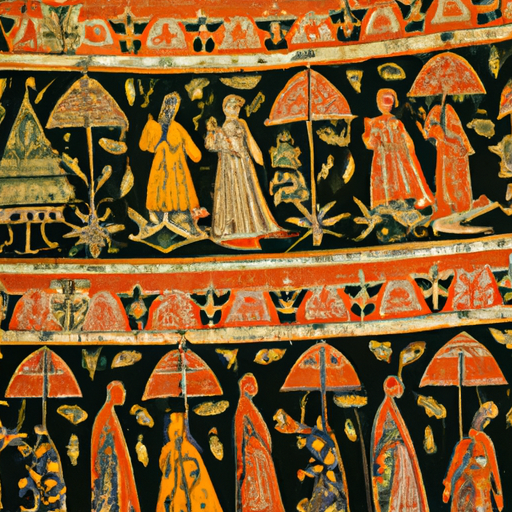
Undoubtedly, the earliest recorded masterpieces can be found in the cave paintings that date back thousands of years. These enigmatic creations, discovered in various parts of the world, depict captivating scenes of animals, humans, and abstract symbols. They are believed to be the starting point from which our ancestors began documenting their surroundings, rituals, and stories. These cave paintings, with their vivid portrayal of everyday life and remarkable attention to detail, provide a window into the minds of our ancient predecessors.
Moving forward in time, we encounter the magnificent art of ancient civilizations such as Egypt, Mesopotamia, and Greece. The pyramids of Egypt, the hieroglyphics adorning the walls of Pharaoh's tombs, and the epic sculptures depicting gods and heroes tell tales of faith, power, and grandeur. The ancient Egyptians believed that art had the power to preserve their identity beyond death. Their tomb art reflected the intricate rituals and beliefs surrounding the afterlife, acting as a gateway for the deceased to pass into eternity.
Meanwhile, the Greeks immersed themselves in the human form, creating sculptures that embodied the idealized beauty and grace. These statues, like the iconic Venus de Milo and the breathtaking Discobolus, showcased the Greeks' pursuit of perfection, harmony, and a sense of aesthetics that would influence artists for centuries to come.

As time progressed, art evolved and adapted to the changing beliefs and values of different cultures. The Renaissance period witnessed a rebirth of classical values and the emergence of masterpieces that have since defined the very essence of art. Painters like Leonardo da Vinci, Michelangelo, and Raphael revolutionized the art world with their technical prowess, attention to detail, and ability to capture human emotion.
The Mona Lisa, da Vinci's enigmatic masterpiece, encapsulates the evolution of art during this period. With its innovative techniques, such as sfumato, a smoky effect that brings softness to the painting, the Mona Lisa exemplifies the shift towards realism and the exploration of psychological depth.
In more recent times, art has continued to evolve in different forms and styles. From the abstract expressionism of artists like Jackson Pollock to the provocative work of contemporary artists like Banksy, today's masterpieces challenge societal norms and invite us to question and reflect on the world around us.
Art has the extraordinary power to transcend time, bridging gaps between civilizations and offering us glimpses into the lives of those who came before us. By tracing the origins and evolution of famous masterpieces, we gain a deeper understanding of our cultural heritage, enriching our own artistic journey in the process. So, let us continue unearthing the mystique that lies within these renowned creations, for they hold the key to shaping our present and inspiring generations to come.

